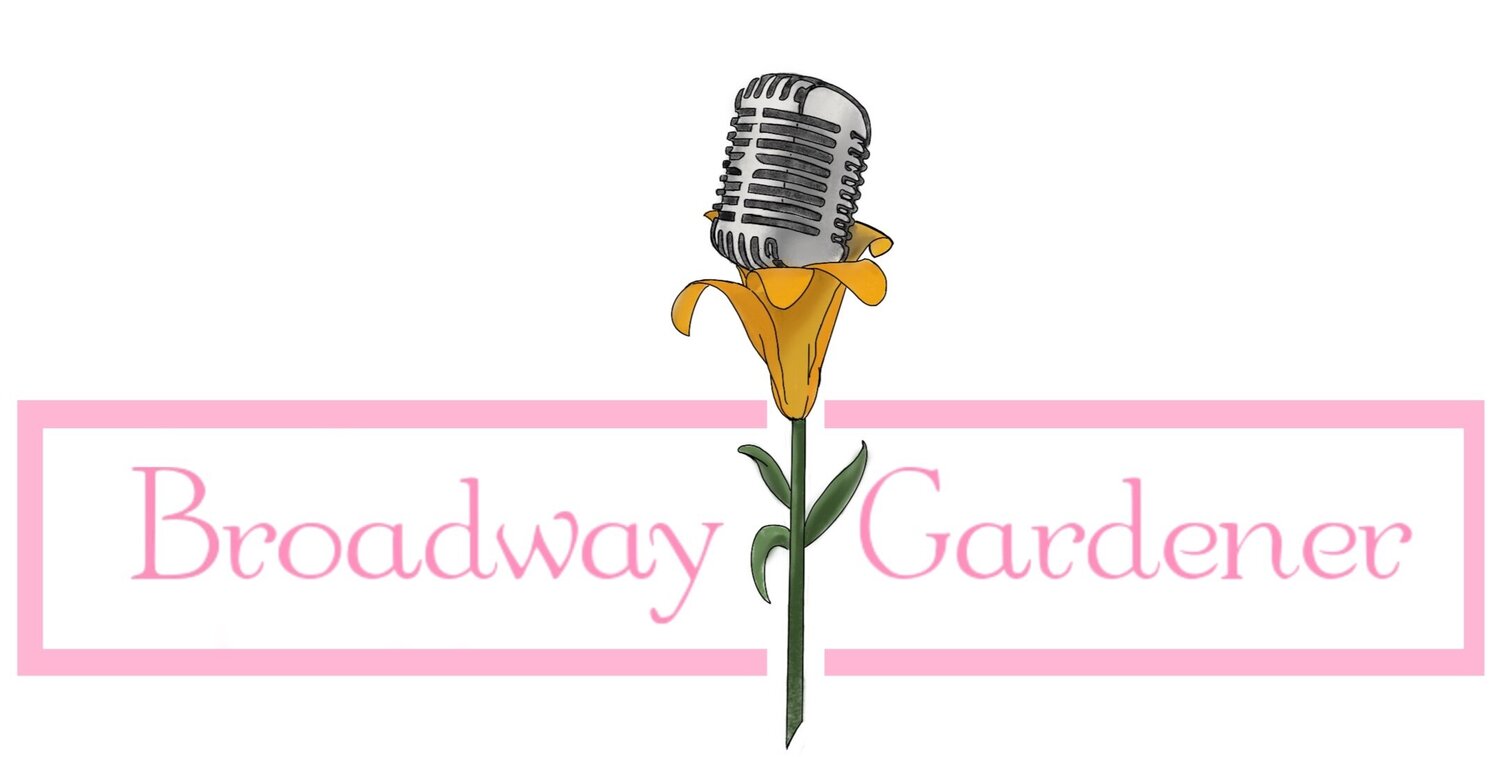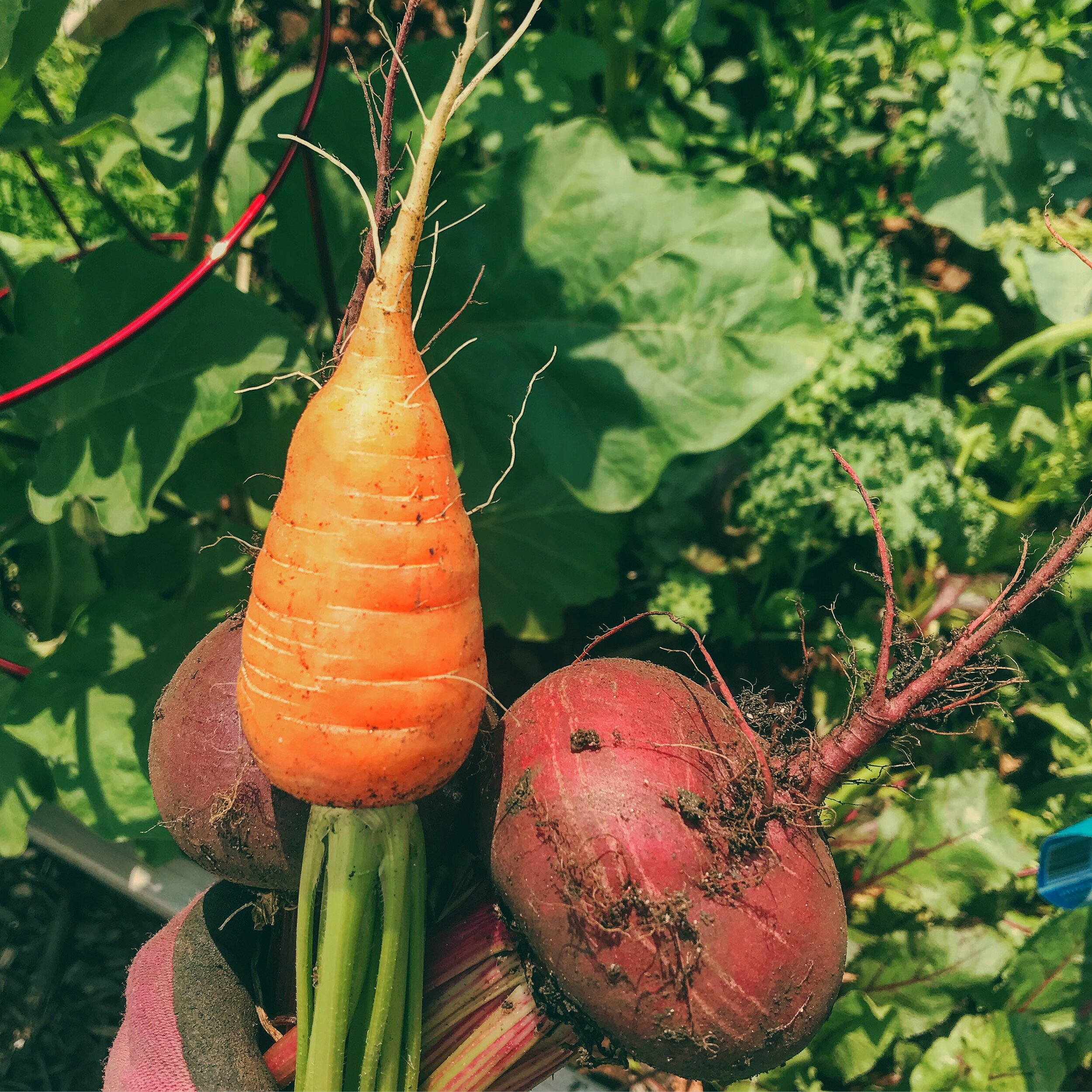5 easy steps For Beginner Gardeners to SUCCEED
Starting a garden can be overwhelming when you don’t know where to begin.
Im going to show you how easy it is to customize your growing space to work for you, and your environment.
Step 1: Find The Sun
Sun is an essential part of your garden, especially if you’re focused on growing food. Some of our favorite garden treasures, such as tomatoes and peppers, need a minimum of 6-8 hours of sunlight.
Most often you will find the light you need by facing your garden south.
Since most of us will be setting up our garden space in either spring or fall, it is important that we are aware of our surroundings.
Trees can be deceiving! Be sure to ask yourself if and how the space will be shaded by a tree full of leaves in the summer months.
Step 2: Garden Beds
Raised Beds, Containers, or Straight in the Ground.
There seems to always be an ongoing debate about the best way to plant a garden. Personally, my thought is,
“If it can hold soil and has drainage, you can plant in it.”
Raised Beds- I prefer to use raised beds in my garden because it gives me the ability to provide my plants with a specific soil/compost mixture that I feel they will thrive in. A raised bed can be made of so many different materials, which gives you the opportunity to customize your garden space.
Containers- Pots, Planters, and Grow Bags were my best options when gardening in my Brooklyn, NY Apartment. It gave me a cost efficient way to grow so many things in a small space, with the ability to move pots around if necessary. An option that also allows you to be specific with your soil.
In Ground- In ground gardening can be a lot of work to setup, but has the ability to prevent headaches in the future. This method of gardening tends to require less supplemental water, and gives you the ability to shape your garden in whatever style you’re looking for.
First, keep in mind that you’ll need to take the time to study your native soil. Hard clay, nutrient deficiencies, and more will require you to do some serious soil amendments before you’re ready to plant.
Step 3: Splurge On Soil
Don’t be cheap when it comes to your soil!
You’ll want to find a nutrient packed soil, without rocks or large debris. More often than not, you’ll find yourself adding amendments to your soil, to ensure your plants have exactly what they need.
On the Right, the vegetables were grown in a raised bed filled with compost, peat moss, topsoil, and “Espoma Potting Soil”.
On the Left, the vegetables were grown after tilling compost and “Miracle Gro Garden Soil” into my native soil.
Step 4: Grow What You Eat!
Think about what you eat, or the food you buy most often. Make a list of those things, and that is where you begin.
Keep it simple at first. Tomatoes and peppers, for salsa and pasta sauce. Herbs, lettuce and cucumbers for salads.
Its surprising how many new plants and varieties you’ll discover, and trust me, you’ll want to try them all.
Don’t overwhelm yourself.
Step 5: Protect The Produce
In some warmer and high dessert areas you’ll need to consider using a shade cloth to protect your crops from the sun.
Other areas experiencing freezing temperatures and harsh winds, might consider looking into some heavy duty crop covers.
Then there’s the wildlife. Squirrels, Rabbits, Deer, Gophers and more. You can protect your crops easily with inexpensive methods like:
DIY hoops that cover beds or a row of crops
Hardware cloth to deter burrowing animals
Food tents to popup over young seedlings
Some people go all out and build an enclosure to completely fence in their garden. There are so many method that can be used to protect your crops during the growing season.
Checking in on your garden for a few minutes everyday is the best way to know what adjustments need to be made.
For any gardener to succeed, you just have to begin. You don’t need expensive or elaborate builds to start gardening. Just start wherever you are, with whatever you have!
Plant something that you will be excited to watch grow. That excitement will motivate you to get out and check on your garden everyday until its time to harvest.
If you’re thinking about growing your own food or flowers, I hope this helps you realize it is 100% possible. If you still have questions, please ask them here in the Comments, Email me, or head over to my Instagram, and I will do my best to answer them all!
“Keep Sparkling in the Garden”








